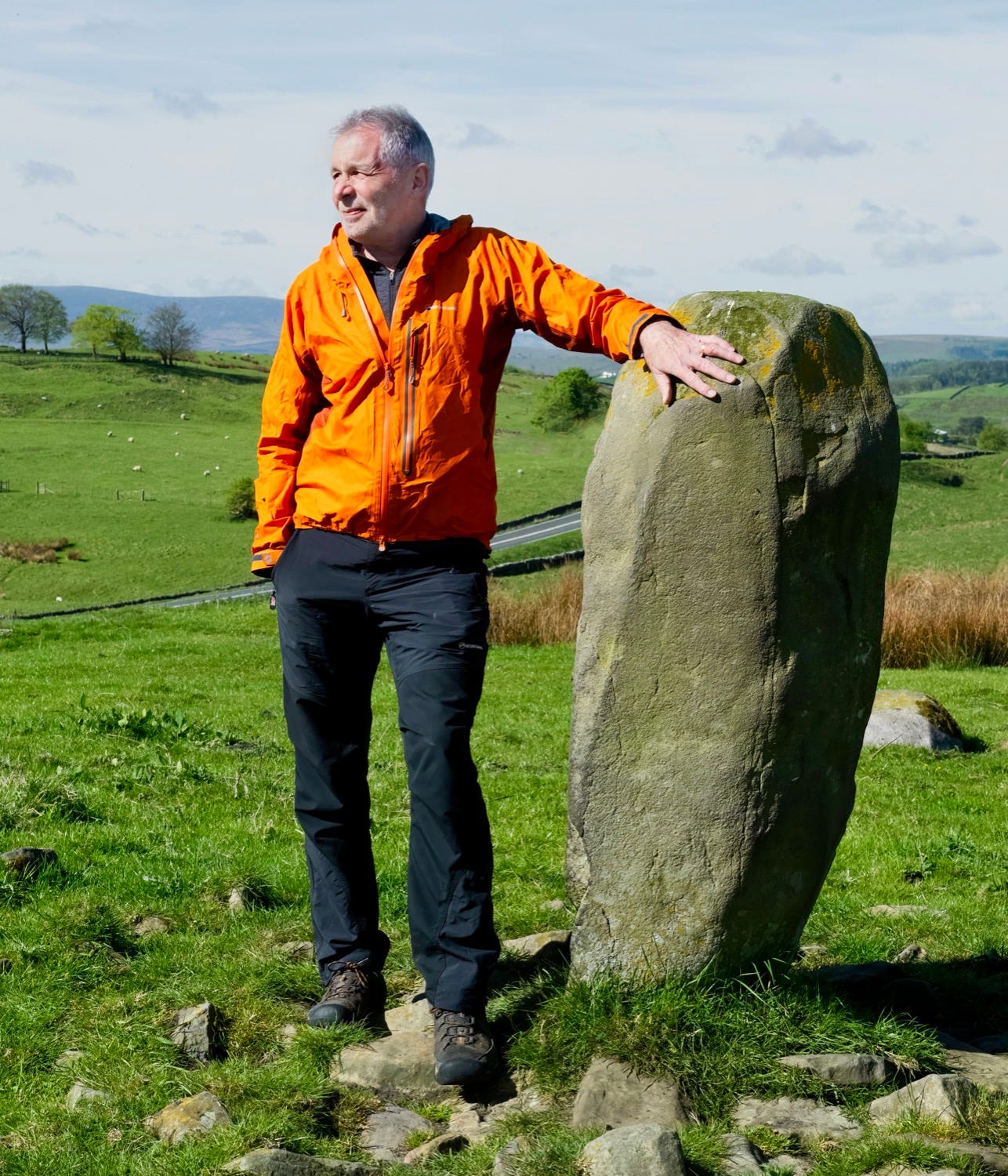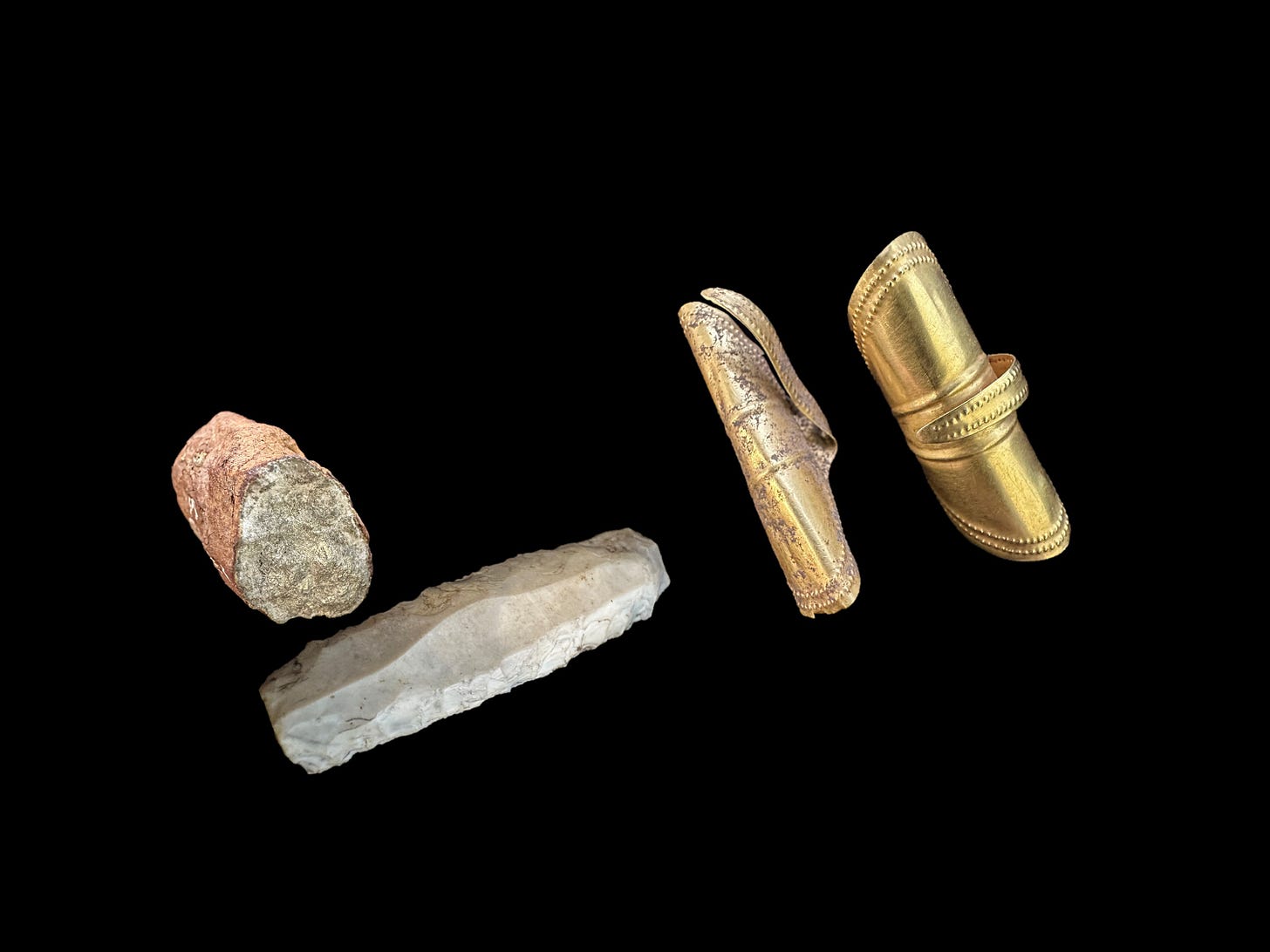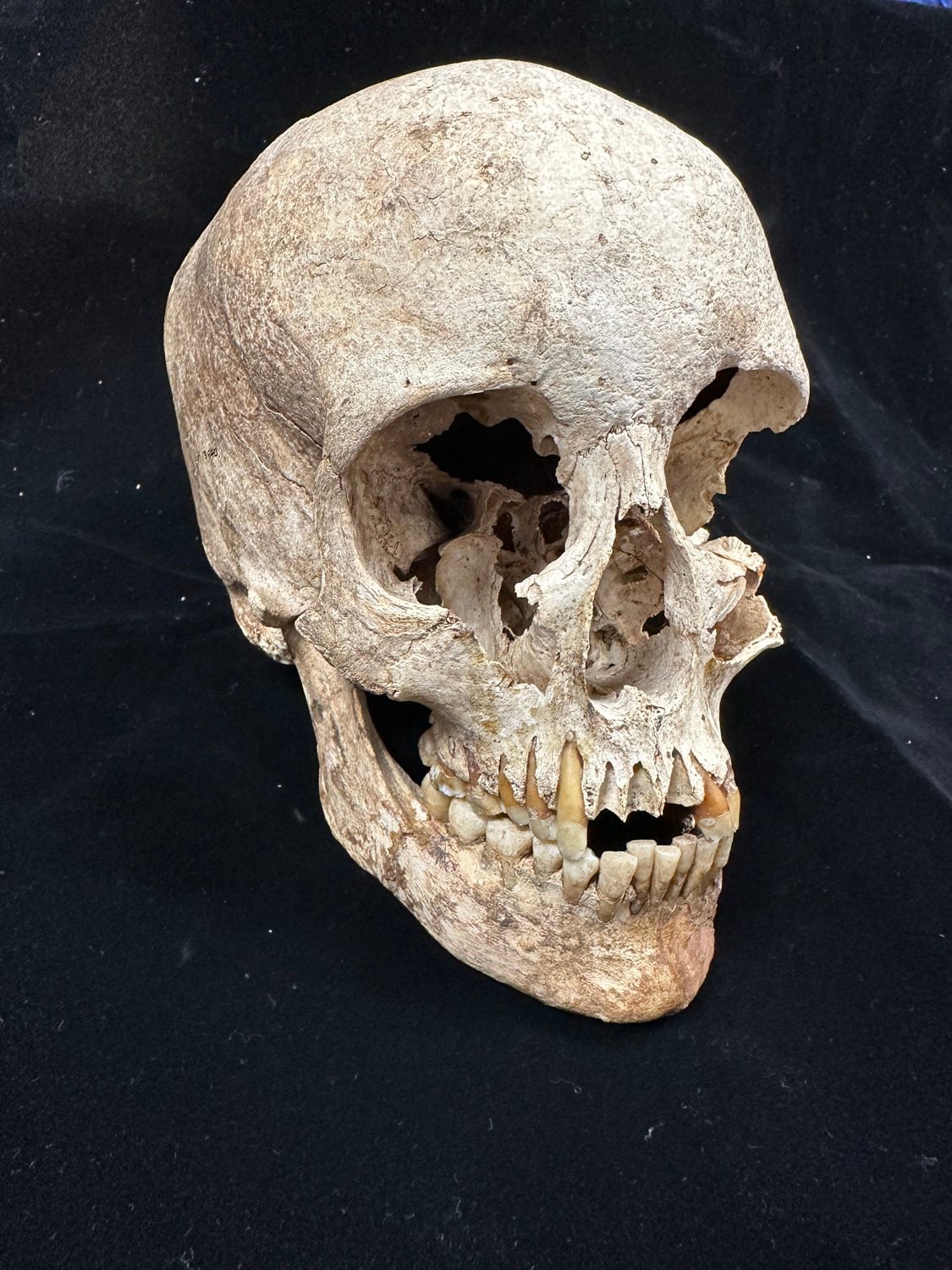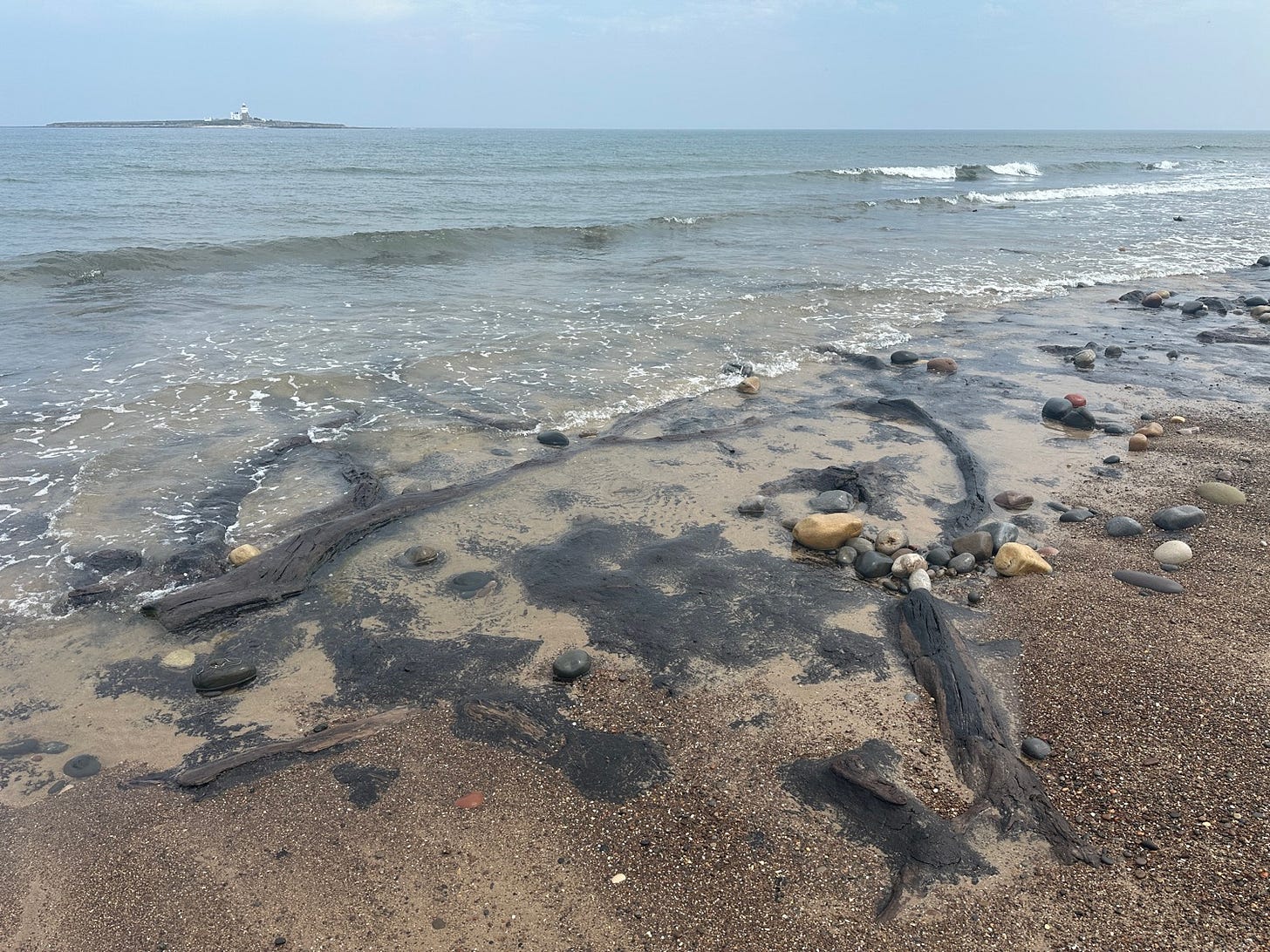The prehistoric North written in stone
How rocks played a key role for human life in the North for thousands of years. Tony Henderson reports
The story of how prehistoric peoples survived and eventually thrived is written in stone.
In his latest book, Defined by Stones, Northumberland-based geologist Ian Jackson visits 50 locations in the North of England which show how the rocks of the region sustained human life.
“Prehistory and geology are inextricably linked. Our ancient ancestors’ relationship with the natural landscape was intimate,” says Ian.
“Rocks provided them with shelter, water, tools and weapons and were also the pillars of their beliefs and rituals.
“It was stone that defined our ancestors. Without it they could not hunt, farm or light fire. It was essential to their lives.”
“Written in stone” has become a saying embedded in the English language. Another is “strike a light”.
Its origins are illustrated in one of Ian’s 50 places – Kirkhaugh near Slaggyford in the South Tyne Valley. This is the site of a prehistoric burial cairn, excavated in 1935 and again in 2014.
The Early Bronze Age grave produced gold tresses for dressing hair, an arrowhead, a whetstone for sharpening, a hammer stone, blocks of sandstone for metalworking and a nodule of pyrites, or fool’s gold.
The objects, which suggest their owner may have been a craftsman in copper and gold 4,000 years ago, also included a fire-making kit of a flint “saw” and pyrites.
When struck with the flint the pyrites produces a spark that ignites tinder such as dried moss, lichen or birch bark.
“These two items remind us of something fundamental we take for granted today but even up to 250 years ago was an essential possession – the fire-making kit,” says Ian.
“Making fire is one of the things that distinguishes us from animals. We used two rocks to take that evolutionary step.”
Newcastle University graduate Ian was operations director of the British Geological Survey and is a volunteer guide in Hadrian’s Wall country for the National Trust and Northumberland National Park.
He has written three separate books on the rocks of Northumberland, County Durham and Cumbria, and Rocks at the Edge of Empire, a study of the geology of Northern England in Roman times and how it influenced their infrastructure and possessions.
His new book looks at when Britain, once attached to mainland Europe, became an island as sea levels rose 15,000 years ago when temperatures increased.
Evidence of that early landscape can be seen at low tide in what survives of a submerged forest of tree trunks and stumps south of Amble and tree fossils at Druridge Bay.
Also in the list of 50 is an example of rocky outcrops being used for shelter such as Goatscrag Hill near Ford in Northumberland.
In the Bronze Age the floor of the fell sandstone crag was used as a cemetery and also includes rock carvings of deer or goats.
Greenlee Lough near Hadrian’s Wall is the biggest expanse of freshwater in Northumberland and is surrounded by archaeological remains from rock carvings and a stone circle to a defended Iron Age settlement.
In an urban setting at Ryhope in Sunderland is a cave at the foot of a small cliff first revealed by 19th century colliery and quarry workings and a railway cutting.
Inside were the skeletons of at least five adults and two children, together with the bones of dog, goat, pig, birds and fish. Some of the remains are now in Sunderland Museum.
Lordenshaws above Rothbury is a landscape of rock carvings and what is left of ramparts and ditches of a hill fort and burial cairns.
Roughting Linn in Northumberland has been described as one of the most important carved decorated rocks in Britain, dating it is believed from the Neolithic and Bronze Ages.
“The number and variety of the carvings on this whaleback rock is stunning, each ring, cup and groove pecked out with a stone tool,” says Ian.
At Eltringham near Prudhoe is the site of an important find in 1994 of flint, the classic rock of Stone Age people. Ian says: “Flint has two attributes that make it an indispensable part of Stone Age tool kits. It is hard and breaks with a sharp edge.”
The Eltringham find of a flint blade of around 11,000 years old is regarded as the earliest sign of humans in Northumberland.
Proceeds from the book will go to the mental health charity Mind Tyneside and Northumberland.
Defined by Stones by Ian Jackson, published by Northern Heritage Services, £12.






